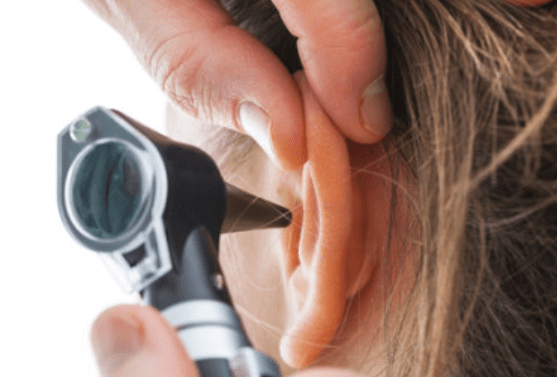Ear Syringing
How Ear Syringing works and safety measures
The oldest method in the book.
Ear Syringing is a traditional way of earwax removal. It involves the use of olive oil which is quite effective in dealing with ear wax buildup. Before the ear syringe treatment, patient is usually advised to apply olive oil to their ears every night for three weeks. This will encourage the wax buildup to loosen up and come out during surgery. Olive oil is unlikely to be harmful. However, many patients find its application to be annoying and messy. That's because oil tends to leak out and set the stains on clothes, pillows and sofas. Problems often arise when oil gets accumulated in the ear canal, which can lead to temporary ear loss.

Main function of olive oil is to decompose the earwax and make it runny enough before attempting to high-pressure syringe treatment, which is generally managed in GP's surgery, by a nurse.
The procedure is carried out in following steps.
- First, ear syringe is filled with clean water.
- The tip of the syringe is placed near to the ear opening.
- The syringe's plunger is pushed gently to allow the water to enter into the outer auditory canal. And, then withdraw it to build up the pressure and extract the water out again. The treatment is performed repeatedly until clear water comes out. In other words, it continues until all loose wax debris comes out.
While ear syringing is an effective and safe way to eradicate persistent blockages if done correctly, sometimes it can bring a bit of inconvenience to patients. Also, there is a small likelihood of complications taking place - such as damage to eardrum and presence of residual water in the ear canal, which is the prime cause of ear infections.
Other ear wax removal methods and treatments
Microsuction Hopi Ear Candles Ear Irrigation Mimikaki Wax Removal Do It Yourself Methods